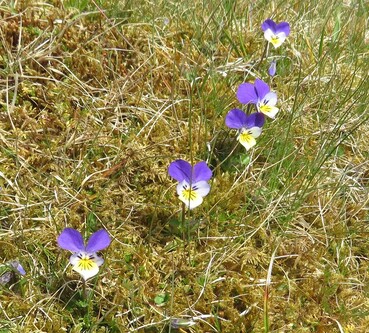 Viola tricolor, wild pansy, heartsease
Viola tricolor, wild pansy, heartsease Looking back on the day, I match our findings with what the map tells of habitat and species. Bents Sike is a burn flowing through boggy pastures of rush, sedge and rough grass. *Bents Head is the last intake bordering Moss Moor. Lapwing call all around us, in display flight descending with an audible clapping of wings. Snipe rise from sedges in zig-zag flight. Curlew are calling and a pair perches on a ruined sheepfold outlined against the sky. When they fly, a meadow pipit takes the stand. Songs of spring surround us.
How about Rough and Ready where three county boundaries coincide? I am asked. The sun has vanished and it’s chilly on this exposed road at Killhope Cross, watershed for the rivers Nent, Allen and Wear. We walk north through heather and sphagnum moss seeking the point where three county boundaries meet at 648 metres: : County Durham, Northumbria and Cumbria. This is heather moorland and peat bog where sausage-shaped plugs lie across peat gullies to hold back heavy rainfall so it is absorbed by sphaghum mosses. The cackle of red grouse and the song of meadow pipit are the only sounds.
The OS map shows Rough and Ready is an Old Lead Shaft. The moor is scattered with disused shafts, disused quarries, disused mine-workings, disused pits. And grouse butts. There’s a trace of snow on Cross Fell and when the weather changes during the week Cross Fell gleams under fresh snow. Red and white poles road-side warn of depths of snow. It’s not a picturesque landscape, Rough and Ready is stern and bleak in character. Here is wilderness and solitude, welcome after the restrictions of lockdown. Wilderness with a potent sense of history. Silent now but imagine the scene with mining in full swing at Rough and Ready. We have the luxury of sitting in the last of the sun, in the shelter of our vehicle eating fruit cake and drinking hot chocolate at Slate Hill, Killhope Cross. Kill hope, abandon hope all ye who enter here?
If we linger until summer we could head south, following a wall to 668 metres and Knoutberry Hill. The name indicates that cloudberry grew there once, perhaps still does. It’s a lovely flower and I’d like to know who named the hill and when.
* BENTS Shorter Oxford Dictionary
BENTS Meadow of stiff grass. Name given to grass of a reedy habit. To various grass-like reeds, rushes, sedges.
a definition that accords with the Bents Head habitat
KNOUTBERRY, Cloudberry, Rubus chamaemorus
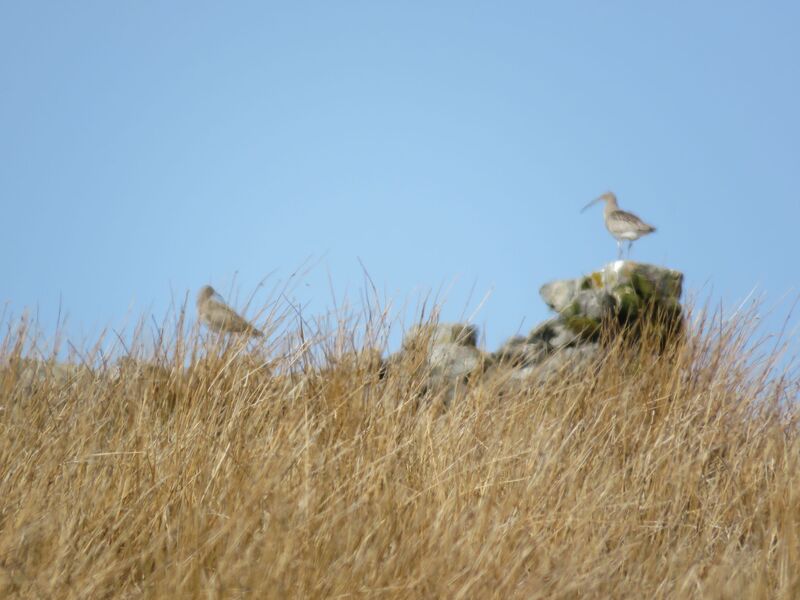
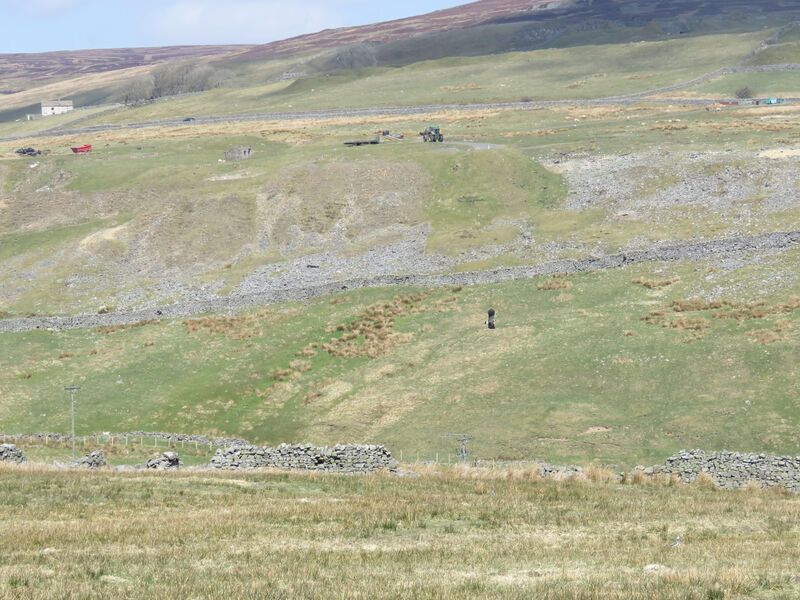
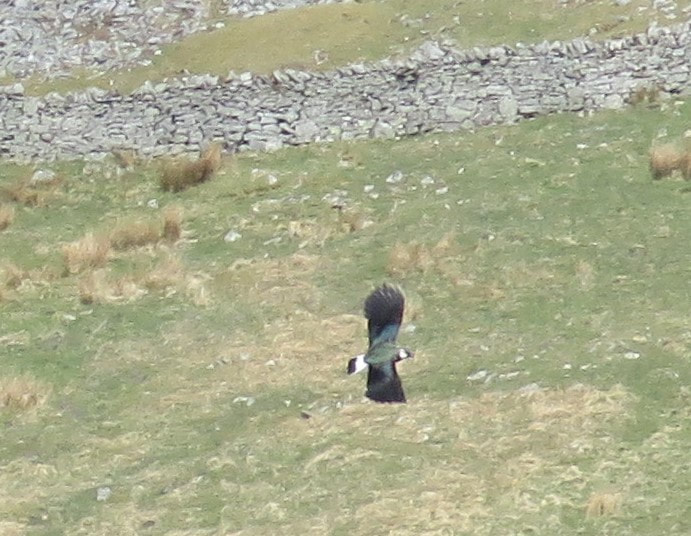
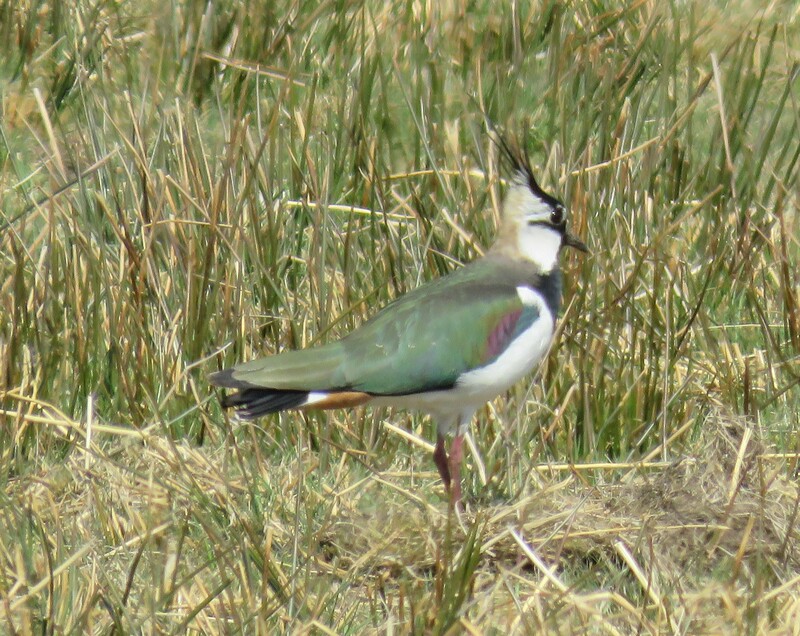
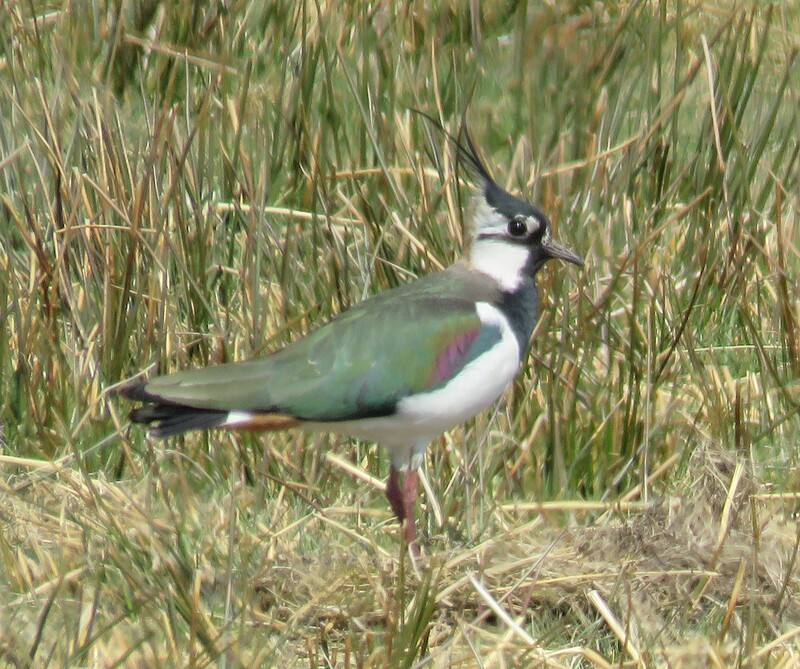
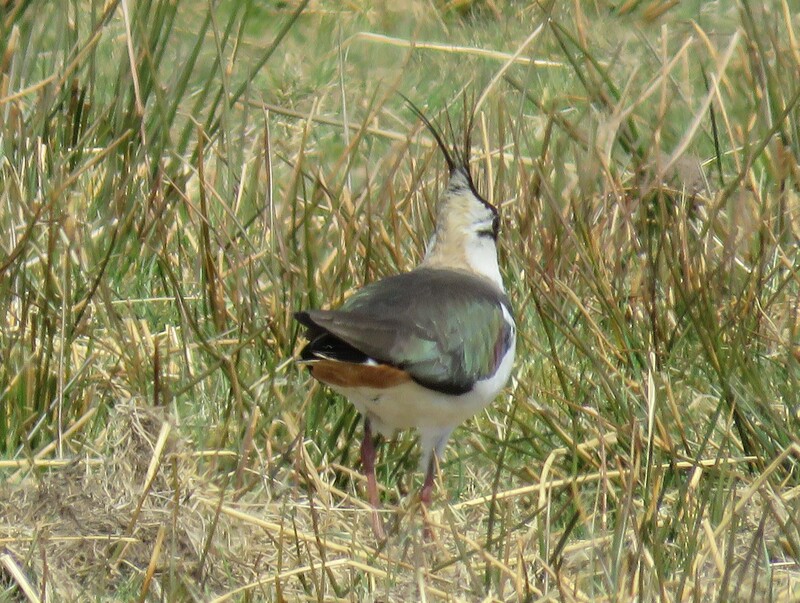

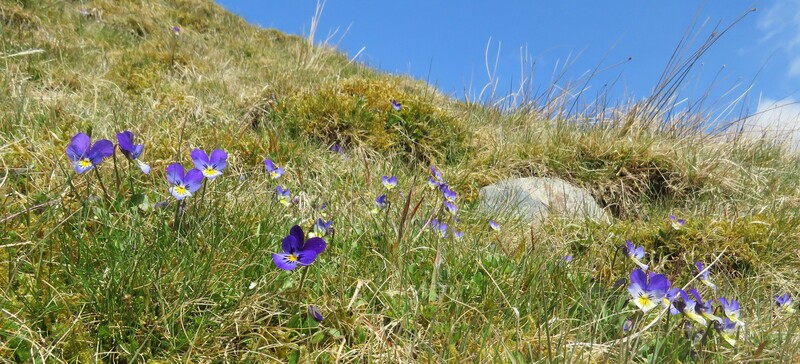
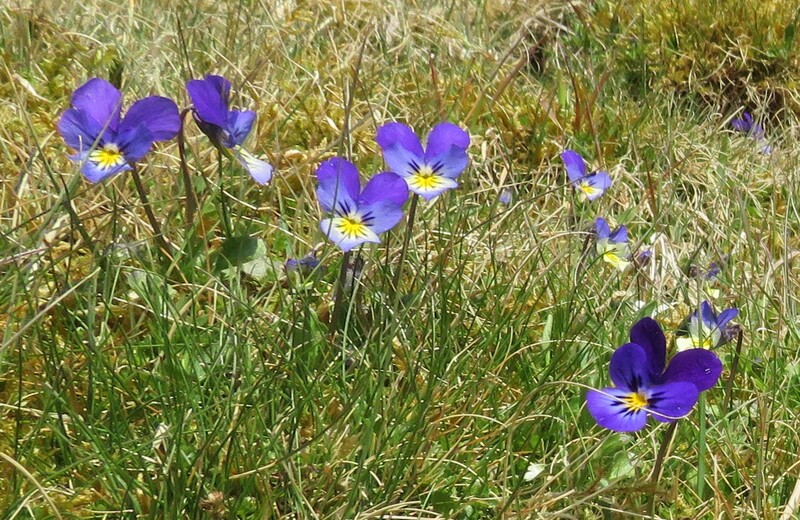
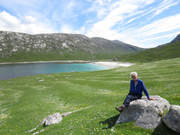
 RSS Feed
RSS Feed